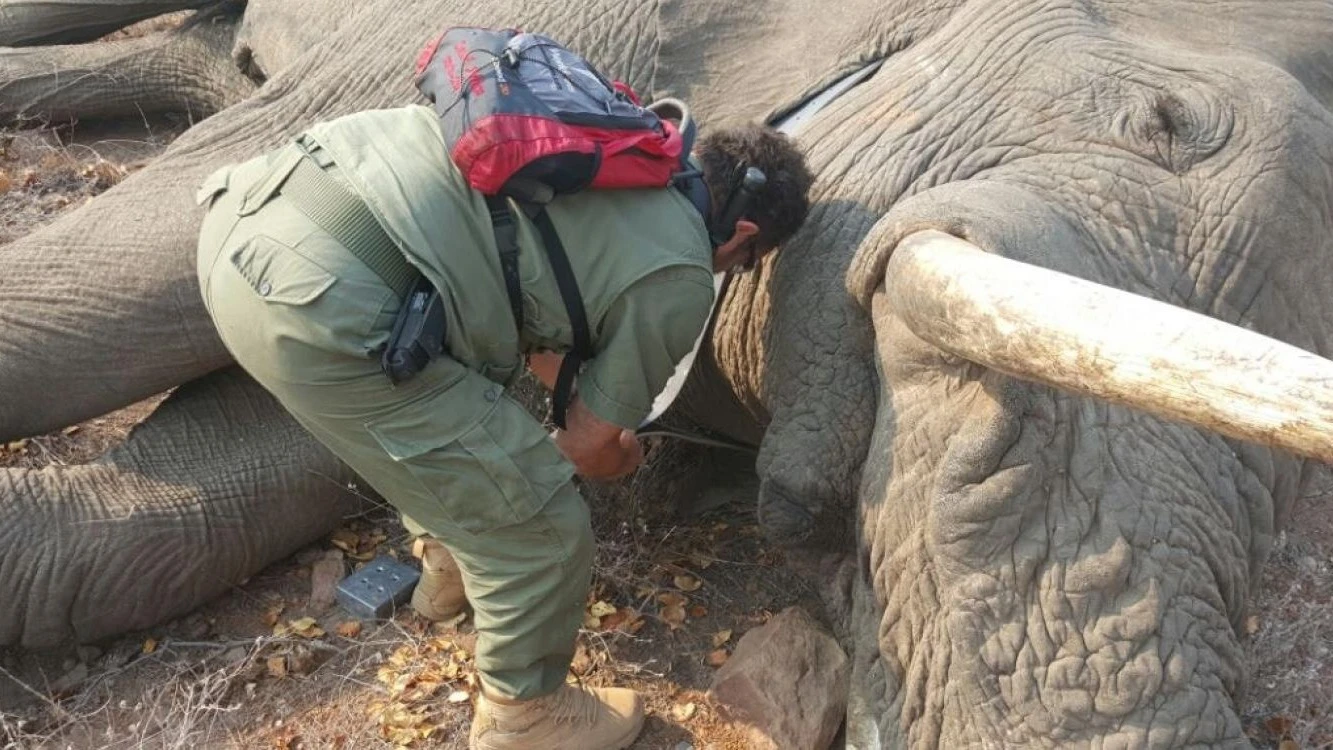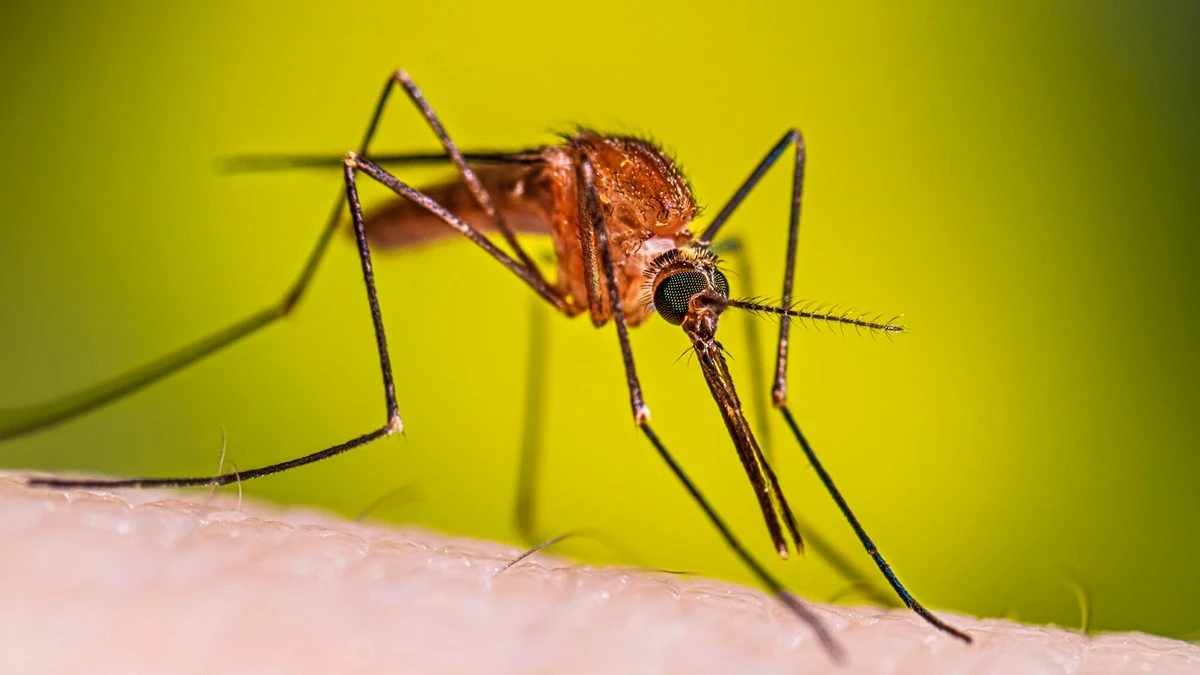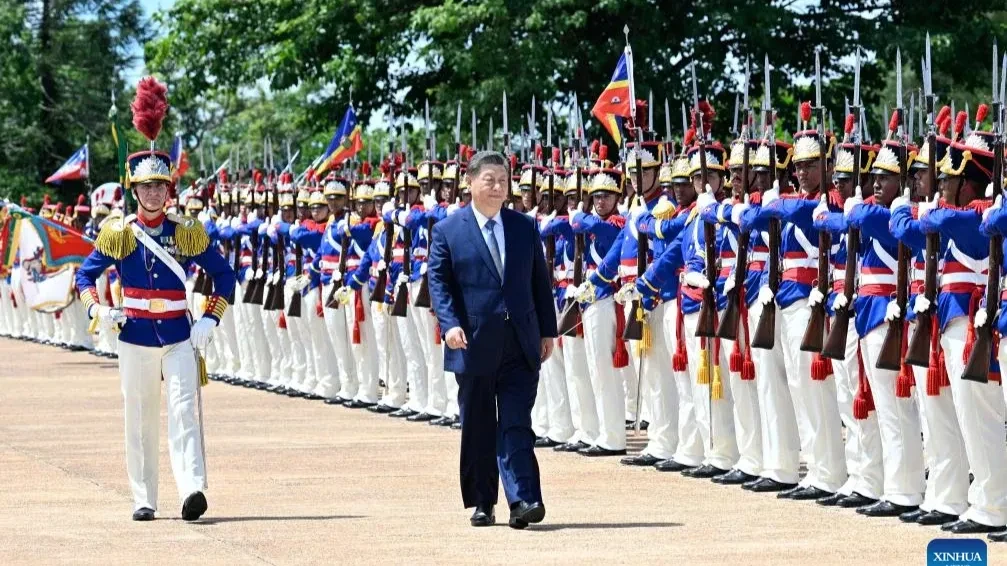Rhino protection: Activists focus on dehorning method

AS research shows that law enforcement had no significant effect on poaching rates as poverty, corruption and a weak justice system contribute to persistent rhino poaching in sub-/Saharan Africa, some experts are proposing dehorning the large endangered animals.
Analysts say that dehorning resulted in a 78 percent decline in rhino poaching in eight reserves in the Southern Africa region, while Science Law shows that enforcement efforts, on the other hand, showed less success. Despite arrests of hundreds of poaching suspects, aggressive law enforcement did not translate into significant reductions in rhino deaths, in the basis of the study, whereupon analysts like Michael Sas-Rolfes, a conservation economist at the University of Oxford who was not involved in the research, dispute the law enforcement approach.
He said that the study showed strong empirical evidence that reducing the value of poachers’ expected earnings is a more powerful deterrent than the typical “war against wildlife crime” approach. Dr Timothy Kuiper, who teaches statistics and nature conservation at Nelson Mandela University in Port Elizabeth, the lead author on the paper, said that the study suggests that conservationists need to strategically rethink whether a newly suggested method, dehorning, is sustainable.
Rhino poaching rates remain high in Africa, he said, asserting that dehorning will not solve that crisis or address its systemic drivers. Despite not having law enforcement control data, existing data shows that “tackling the root causes of poaching is easy to say but very difficult to do.”
Even as wildlife rangers and other park personnel need more support and training, governments need to address socioeconomic factors that push people, even when involved in conservation, to engage in poaching activities.
The poverty affecting rangers makes them more likely to get involved in organized crime, where wildlife authorities need to include communities next to wildlife reserves in conservation efforts to undercut lax enforcement when rangers act alone.
The researcher says that it is vital to tackle demand for rhino horn as without it, there would be no reason to poach. He all the same remained sceptical whether dehorning is a long-term solution.
“At the end of the day, it’s a small thing that can be done to hopefully buy time for the broader work that needs to happen.”
A wide stretch of researchers feel that wildlife authorities are overworking themselves with the big-stick approach to combating poaching, with vast sums being poured into well-equipped ranger patrols, “along with advanced surveillance technologies, sniffer dogs and helicopters.”
Many of those efforts are aimed at protecting rhinos, whose horns are still in demand in China and Vietnam, the study affirms, meanwhile as for all the resources invested in rhinos, “a relatively affordable and straightforward tactic seems to be most effective at preventing their killing: removing their horns,; they say.
Vanessa Duthé, a postdoctoral researcher at Harvard University who studies rhinos and was not involved in the paper, said that although dehorning is widespread, it has also met with a lot of criticism regarding its true efficacy and cost.
“This study shows that the benefits of dehorning largely outweigh the costs.”
For decades, tackling wildlife crime has involved catching and arresting poachers, but the new research also answers an urgent need for robust data about dehorning, the researcher noted,
Rhino dehorning became a common strategy in Southern Africa as poaching ramped up a decade or so ago. The procedure, which is thought to be painless, involves sedating rhinos and then sawing off the tops of their horns, above the nerves. Like trimmed fingernails, the horns grow back. In the case of rhinos, they usually do so within about 18 months.
The study focused on Kruger National Park and nine other reserves in South Africa, as well as one in Mozambique. Between 2017 and 2023, those areas lost 1,985 rhinos to poaching, despite spending $74m on various anti-poaching measures, including dehorning, and arresting more than 700 people.
Eight of the protected areas dehorned their rhinos and three did not, allowing the team to measure how that change affected poaching rates over time, between and within areas. They also analyzed the effects of various law enforcement interventions.
Poaching rates, they found, were reduced by more than half in places where dehorning took place. In the year after dehorning took place, the researchers estimated that 70 to 134 rhinos had been saved across the eight reserves. Dehorning efforts accounted for just 1.2 percent of anti-poaching budgets.
It has not been a perfect solution, however. In Kruger National Park, for example, more than 100 dehorned rhinos were poached between 2022 and 2023 for the stump of horn that remained or had started to regrow, Dr Kuiper said, and that trend seems to be increasing. Some evidence also suggests that dehorning rhinos in and around Kruger may have displaced poachers to other reserves where rhinos were not dehorned, analysts noted
Top Headlines
© 2025 IPPMEDIA.COM. ALL RIGHTS RESERVED






















